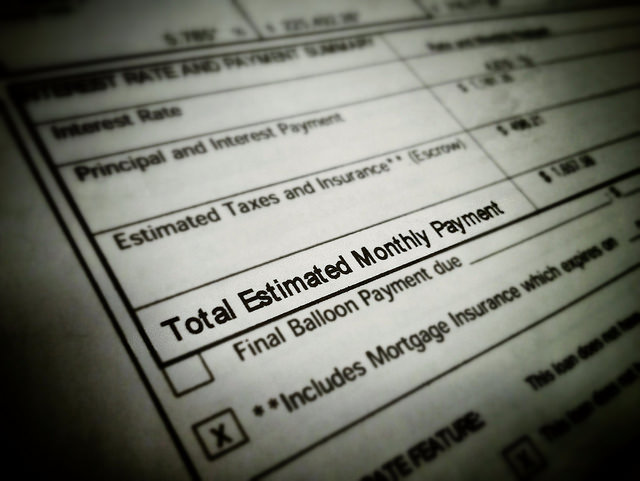More than 10 million households have recently purchased and moved into a new home, according to a new study from the National Association of Home Builders. The study – which looks at data from the American Housing Survey in hopes of determining who today’s typical buyer is and what type of home they buy – breaks down buyers based on age, income, down payments, and home purchased. So who is today’s typical home buyer? Well, the study found recent home buyers had a median age of 41 and a household income of $97,700. First-time buyers, on the other hand, were closer to 33 and made less money than move-up buyers. Among all buyers, more than half put less than 20 percent down on the house they purchased and the vast majority bought detached single-family homes – with 6.9 percent buying a single-family attached homes and 2 percent purchasing condos. The median value of homes purchased was $318,185 for all buyers and $271,445 for first-time buyers. (source)













